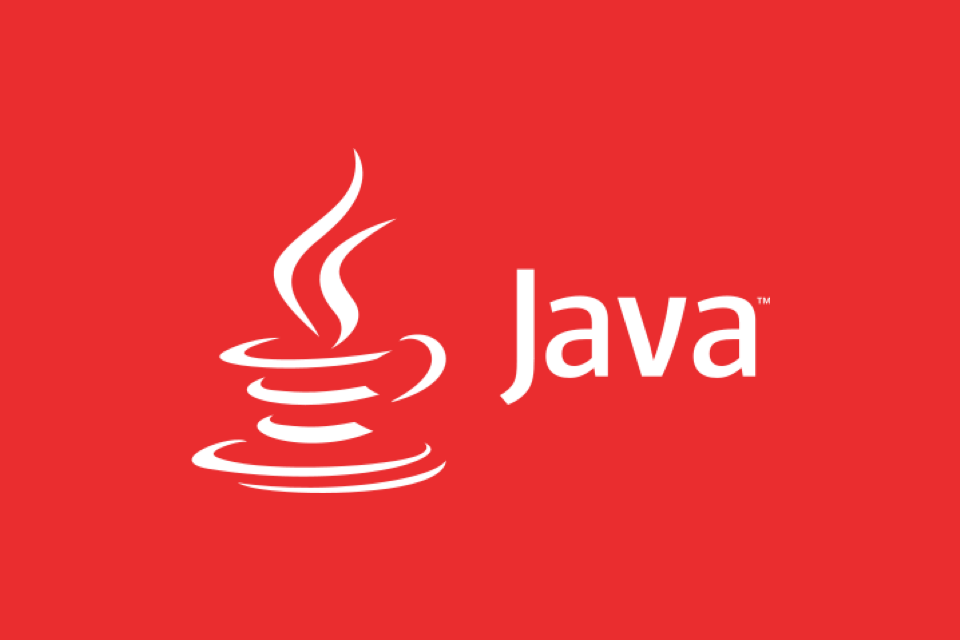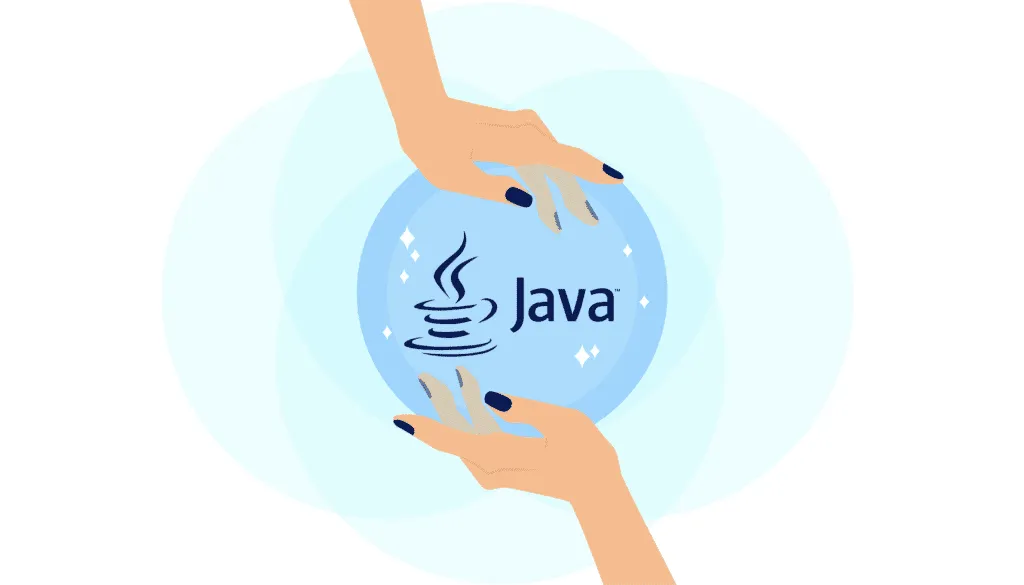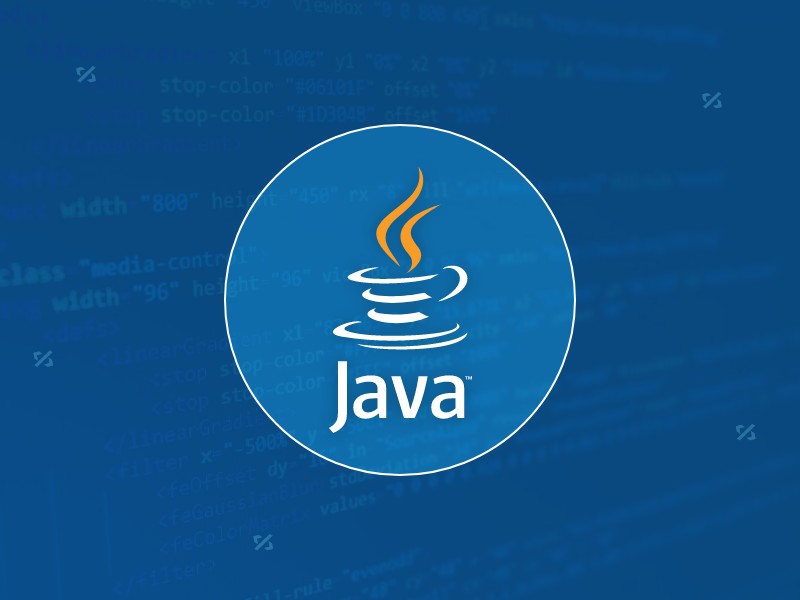Using Java BlockingQueue Implementations for Concurrency
Jul 07, 2025 am 01:53 AMBlockingQueue is an important tool for thread collaboration in Java concurrent programming. It provides a thread-safe queue structure and automatically blocks fetch/drop operations when the queue is empty or full, which is ideal for the producer-consumer model. 1. Common implementation classes include ArrayBlockingQueue (bounded array queue), LinkedBlockingQueue (optional bounded linked list queue), SynchronousQueue (synchronous queue that does not store elements), PriorityBlockingQueue (unbounded queue that supports priority sorting) and DelayQueue (queue that can only be retrieved after the delay expires). 2. In the producer-consumer model, the producer uses the put method to add data, and the consumer uses the take method to retrieve data, and both will automatically block until the condition is met. 3. When using, pay attention to reasonable setting of capacity, handling InterruptedException exceptions, avoiding deadlocks, selecting the appropriate queue type, and designing a good shutdown mechanism. 4. BlockingQueue can also be used in scenarios such as task scheduling systems, asynchronous logging and current limiting buffering. Its thread safety and blocking characteristics effectively simplify the complexity of concurrent programming.

In concurrent Java programming, BlockingQueue is a very practical tool to handle collaboration between threads. It provides a thread-safe queue structure and automatically blocks the fetch/drop operation when the queue is empty or full, which is perfect for the producer-consumer model.

If you are using the concurrency package that comes with Java, you can quickly build the foundation for multi-threaded task scheduling using the implementation class of java.util.concurrent.BlockingQueue .

1. What are the common BlockingQueue implementation classes?
Java provides a variety of BlockingQueue interface implementations, each suitable for different scenarios:
- ArrayBlockingQueue : Bounded queue, implemented based on array. Suitable for situations where resources are limited and queue size needs to be controlled.
- LinkedBlockingQueue : It can be bounded or unbounded, and is implemented based on linked lists. The capacity is Integer.MAX_VALUE by default, but the size can also be specified.
- SynchronousQueue : A queue that does not store elements. Each insert operation must wait for another thread to remove it.
- PriorityBlockingQueue : Unbounded queues that support priority sorting, which are often used in scenarios where tasks need to be processed according to priority.
- DelayQueue : The element can only be removed after the delay expires, and is suitable for timing task scheduling.
Choosing the right implementation class is the first step, which directly affects program performance and behavior.

2. How to use BlockingQueue in the producer-consumer model?
This is one of the most common uses BlockingQueue . The basic idea is:
- Producer thread adds data to the queue (put)
- Consumer thread takes data from queue
These two methods will automatically block until the condition is met. For example, if the queue is empty, take will block; if the queue is full, put will block.
To give a simple example:
BlockingQueue<String> queue = new ArrayBlockingQueue<>(5);
// Producer thread new Thread(() -> {
try {
for (int i = 0; i < 10; i ) {
String data = "item-" i;
queue.put(data);
System.out.println("Produced: " data);
Thread.sleep(500);
}
} catch (InterruptedException e) {
Thread.currentThread().interrupt();
}
}).start();
// Consumer thread new Thread(() -> {
try {
while (true) {
String item = queue.take();
System.out.println("Consumed: " item);
}
} catch (InterruptedException e) {
Thread.currentThread().interrupt();
}
}).start();This code demonstrates the process of two threads communicating through a queue. You can replace the specific content of production and consumption based on the actual business logic.
3. What should I pay attention to when using BlockingQueue?
Although BlockingQueue is very convenient, there are still several key points to pay attention to:
- The capacity setting should be reasonable : especially when using bounded queues (such as ArrayBlockingQueue), too small capacity can easily cause frequent blockage, and too large may waste memory.
- Exception handling cannot be ignored : both
put()andtake()methods throw InterruptedException, which usually means that the thread is interrupted, and appropriate cleaning and exit should be done. - Avoid deadlocks : If multiple threads are waiting for each other to release resources, deadlocks may occur. It is recommended to simplify thread interaction logic as much as possible during design.
- Pay attention to the selection of queue types : For example, SynchronousQueue does not store elements, and all puts must wait for take. This feature is useful in some high concurrency scenarios, but is also more prone to errors.
- The shutdown mechanism must be considered thoroughly : if there is no clear exit condition, the consumer thread may loop infinitely. You can add a "poison pill" object or use the volatile flag to notify the thread to exit.
4. How else can BlockingQueue be used?
In addition to the classic producer-consumer model, BlockingQueue is also useful in many other scenarios:
- Task Scheduling System : It can be used as a task queue for thread pools. For example,
ThreadPoolExecutorconstructor accepts a BlockingQueue. - Asynchronous logging : Write logs to the queue, and a separate thread is used to flush the disk asynchronously to improve the response speed of the main process.
- Current limiting and buffering : In high concurrency requests, the request is first placed in the queue and then processed gradually to play a role in cutting peaks and filling valleys.
These applications all rely on BlockingQueue's thread safety and blocking characteristics, which can help us simplify the complexity of concurrent programming.
Basically that's it. BlockingQueue is a very basic but very useful component in Java concurrency package. Understanding its usage and applicable scenarios is very helpful for writing stable and efficient multi-threaded programs.
The above is the detailed content of Using Java BlockingQueue Implementations for Concurrency. For more information, please follow other related articles on the PHP Chinese website!

Hot AI Tools

Undress AI Tool
Undress images for free

Undresser.AI Undress
AI-powered app for creating realistic nude photos

AI Clothes Remover
Online AI tool for removing clothes from photos.

Clothoff.io
AI clothes remover

Video Face Swap
Swap faces in any video effortlessly with our completely free AI face swap tool!

Hot Article

Hot Tools

Notepad++7.3.1
Easy-to-use and free code editor

SublimeText3 Chinese version
Chinese version, very easy to use

Zend Studio 13.0.1
Powerful PHP integrated development environment

Dreamweaver CS6
Visual web development tools

SublimeText3 Mac version
God-level code editing software (SublimeText3)

Hot Topics
 Selecting Specific Columns | Performance Optimization
Jun 27, 2025 pm 05:46 PM
Selecting Specific Columns | Performance Optimization
Jun 27, 2025 pm 05:46 PM
Selectingonlyneededcolumnsimprovesperformancebyreducingresourceusage.1.Fetchingallcolumnsincreasesmemory,network,andprocessingoverhead.2.Unnecessarydataretrievalpreventseffectiveindexuse,raisesdiskI/O,andslowsqueryexecution.3.Tooptimize,identifyrequi
 What is the `enum` type in Java?
Jul 02, 2025 am 01:31 AM
What is the `enum` type in Java?
Jul 02, 2025 am 01:31 AM
Enums in Java are special classes that represent fixed number of constant values. 1. Use the enum keyword definition; 2. Each enum value is a public static final instance of the enum type; 3. It can include fields, constructors and methods to add behavior to each constant; 4. It can be used in switch statements, supports direct comparison, and provides built-in methods such as name(), ordinal(), values() and valueOf(); 5. Enumeration can improve the type safety, readability and flexibility of the code, and is suitable for limited collection scenarios such as status codes, colors or week.
 Applying Semantic Structure with article, section, and aside in HTML
Jul 05, 2025 am 02:03 AM
Applying Semantic Structure with article, section, and aside in HTML
Jul 05, 2025 am 02:03 AM
The rational use of semantic tags in HTML can improve page structure clarity, accessibility and SEO effects. 1. Used for independent content blocks, such as blog posts or comments, it must be self-contained; 2. Used for classification related content, usually including titles, and is suitable for different modules of the page; 3. Used for auxiliary information related to the main content but not core, such as sidebar recommendations or author profiles. In actual development, labels should be combined and other, avoid excessive nesting, keep the structure simple, and verify the rationality of the structure through developer tools.
 What is the JDK?
Jun 25, 2025 pm 04:05 PM
What is the JDK?
Jun 25, 2025 pm 04:05 PM
JDK (JavaDevelopmentKit) is a software development environment for developing Java applications and applets. It contains tools and libraries required to compile, debug and run Java programs. Its core components include Java compiler (javac), Java runtime environment (JRE), Java interpreter (java), debugger (jdb), document generation tools (javadoc) and packaging tools (such as jar and jmod). Developers need JDK to write, compile Java code and develop with the help of IDE; without JDK, Java applications cannot be built or modified. You can enter javac-version and java-version in the terminal
 VSCode debugger for Java setup guide
Jul 01, 2025 am 12:22 AM
VSCode debugger for Java setup guide
Jul 01, 2025 am 12:22 AM
The key steps in configuring the Java debugging environment on VSCode include: 1. Install JDK and verify; 2. Install JavaExtensionPack and DebuggerforJava plug-in; 3. Create and configure the launch.json file, specify mainClass and projectName; 4. Set up the correct project structure to ensure the source code path and compilation output are correct; 5. Use debugging techniques such as Watch, F8/F10/F11 shortcut keys and methods to deal with common problems such as class not found or JVM attachment failure.
 XML rules: Common errors to avoid
Jun 22, 2025 am 12:09 AM
XML rules: Common errors to avoid
Jun 22, 2025 am 12:09 AM
Methods to avoid XML errors include: 1. Ensure that the elements are nested correctly, 2. Escape special characters. Correct nesting avoids parsing errors, while escape characters prevent document corruption, using an XML editor can help maintain structural integrity.
 How do I set up VS Code for Java development?
Jun 29, 2025 am 12:23 AM
How do I set up VS Code for Java development?
Jun 29, 2025 am 12:23 AM
To use VSCode for Java development, you need to install the necessary extensions, configure the JDK and set up the workspace. 1. Install JavaExtensionPack, including language support, debugging integration, build tools and code completion functions; optional JavaTestRunner or SpringBoot extension package. 2. Install at least JDK17 and verify through java-version and javac-version; set the JAVA_HOME environment variable, or switch multiple JDKs in the status bar at the bottom of VSCode. 3. After opening the project folder, make sure the project structure is correct and enable automatic saving, adjust the formatting rules, enable code checking, and configure the compilation task to optimize the opening.
 Windows search bar not typing
Jul 02, 2025 am 10:55 AM
Windows search bar not typing
Jul 02, 2025 am 10:55 AM
When the Windows search bar cannot enter text, common solutions are: 1. Restart the Explorer or computer, open the Task Manager to restart the "Windows Explorer" process, or restart the device directly; 2. Switch or uninstall the input method, try to use the English input method or Microsoft's own input method to eliminate third-party input method conflicts; 3. Run the system file check tool, execute the sfc/scannow command in the command prompt to repair the system files; 4. Reset or rebuild the search index, and rebuild it through the "Index Options" in the "Control Panel". Usually, we start with simple steps first, and most problems can be solved step by step.






